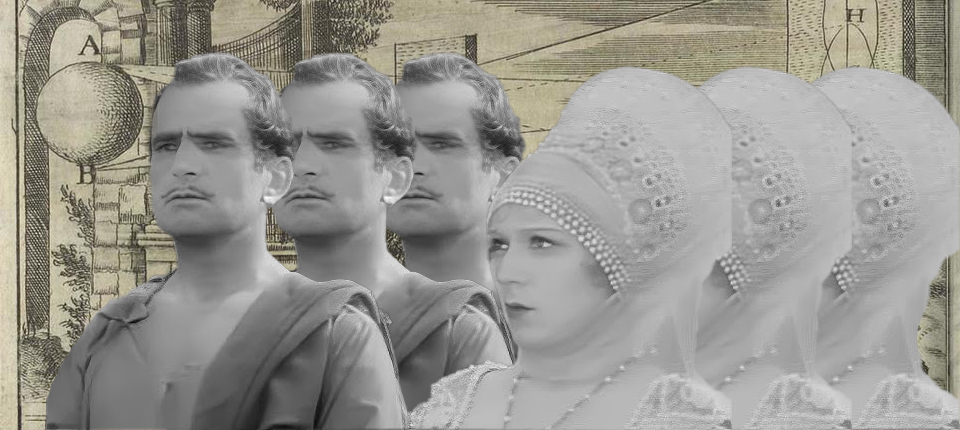When Arsenal played Leeds United at Elland Road on September 28, 2002, it was seen as a historic moment. Not because the visitors won the match 4-1 (a common enough occurrence), but because it was the first time an English team had fielded nine Black players. The moment had an “extra significance”, as Paul Gilroy writes in the essay that opens this collection, because it came just months after the Leeds players Lee Bowyer and Jonathan Woodgate had stood trial for the violent assault of a student, Sarfraz Najeib. (Bowyer was acquitted and Woodgate convicted of affray.) Black Arsenal collects a range of pieces about the football club’s historic relationship with the life and culture of Black Londoners, a relationship that became far more visible (and cordial) during the 1990s, as players such as Paul Davis, Michael Thomas, David Rocastle and Ian Wright “detonated” the racist assumptions of the late 1980s and early 1990s.
Alongside essays by professors of cultural studies, sociology, human geography and gender studies, including Gilroy, Les Back, Tariq Jazeel and Gail Lewis, are pieces of comparable weight and insight by the former players Wright and Davis. But the concept of “Black Arsenal” is not solely about the players: as Gilroy argues, the battles against racism and fascism that defined the period had, for the most part, “occurred away from the pitch”. Much of the focus of the book is therefore on the club’s fans and the communities surrounding Arsenal’s successive stadiums, Highbury and the Emirates. Two of the most thought-provoking contributions are by Stardious Christie, who sells jerk and Caribbean food in Hornsey Road on matchdays, and Steven Davis, who was a maintenance worker at Highbury from 1999 to 2001.
The editors, Clive Chijioke Nwonka and Matthew Harle, write in their preface that the book is “an exploration, rather than a celebration”, yet reading Black Arsenal it is hard not to feel celebratory about the genuine multiculture that has evolved around the club, thanks not to the boardroom, but rather to the fans, the employees and the wider communities of Islington, Haringey and Hackney. While the formation of this “organic and convivial multiculture” has been gradual and complex, the emergence of Black Arsenal provides us with an important example of how sport in general and football in particular can reveal what Gilroy calls “a deeper kind of kinship” than the colour of one’s skin.
The post Sport imitates life appeared first on TLS.

 By Times Literary Supplement | Created at 2024-10-29 21:41:39 | Updated at 2024-10-30 09:20:33
6 days ago
By Times Literary Supplement | Created at 2024-10-29 21:41:39 | Updated at 2024-10-30 09:20:33
6 days ago



